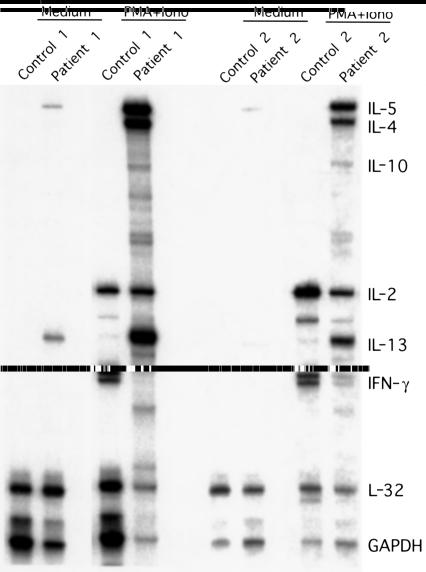Figure 3.
Characterization of acantholytic activities of pemphigus sera with different combinations of Dsg 1 and Dsg 3 antibodies in skin organ culture. The anti-keratinocyte antibody profiles of two Dsg 3 antibody–positive PV sera, one with (PV3) and one without (PV2) Dsg 1 antibody, Dsg 1 antibody–positive PF serum, and normal human serum (N2) were characterized by ESIA using 7.5% SDS-PAGE (IP), and tested in fresh cultures of normal human skin as detailed in Methods. The morphological changes and antibody binding were examined by light microscopy (H&E) and DIF, respectively. The PV2 serum that contained Dsg 3 antibody but no Dsg 1 antibody and the PV3 serum that contained both Dsg 1 and Dsg 3 antibodies produced identical changes: 36 hours after addition of each serum, deep suprabasilar, but not superficial, acantholysis and intercellular antibody binding throughout the entire epidermis could be seen in these skin specimens. In marked contrast, the PF serum had induced by this time point distinct subcorneal acantholysis accompanied by intercellular antibody binding throughout the entire epidermis. As can be seen in the left upper corner of the biopsy stained with H&E, the split occurred within the granular cell layer. No alterations of the integrity of the epidermis or epidermal deposits of IgGs could be found in the cultures exposed for 96 hours to a healthy subject’s serum. In the column labeled IP, the relative molecular mass of the bands precipitated by each pemphigus serum is designated with arrows, and the positions of standard relative molecular mass markers are shown in the lowermost row. Scale bars = 50 μm.

